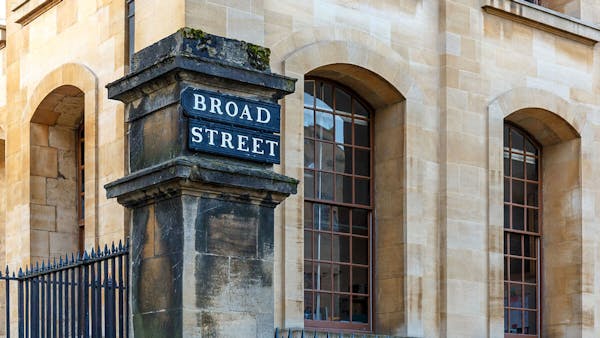FRANCE IN THE REFORMATION ERA
The historian Wylie places the beginnings of the French Reformation in 1510 with the conversion of Lefevre to Protestantism. Louis XII was on the throne of France and he was perhaps the wisest monarch that occupied the throne at that period of time. The Pope at that time was Julius II who was more a self-proclaimed warlord than a shepherd of the flock of God. He liked nothing better than to pick a fight and then take himself and a bevy of able-bodied men onto the battlefield to try to win the said brawl. His most recent victim on the geopolitical playground was Louis of France, who though being meek and considerably more upright than the brawling Julius, was not one to take things lying down either. He assembled a session of parliament in Tours to decide whether or not it was lawful to go to war with the Pope. The advice handed down by the Parliament to the king is a testament to how the political leadership of France viewed the Pope and the Papacy at that time. According to the historian Wylie the verdict was; “It is lawful for the king not only to act defensively but offensively against such a man”. Clearly, Julius was not a favorite with the French parliament. Louis immediately rallied his armies and marched against Julius and two years later he publicly made known his personal views of the Roman Church by minting a coin which bore the inscription “Perdan Babylonis Nomen” (I will destroy the name of Babylon).
Sick and tired of a Pope that spent more time conquering on a battlefield than preaching in a pulpit, Louis XII and the Holy Roman Emperor Maximilian I convened a council at Pisa to hold the Pope accountable for his actions. Julius failed to appear before them at which point they suspended him from office and effectively sought to take away his influence among the people. Julius retaliated by convening his own council, overturning the decisions made by the King and Emperor and excommunicating Louis XII and urging anyone who was willing and able to depose him from his throne. The entire cat and mouse game ended in a stalemate with the two rulers accomplishing little in the way of reforming the church.
FRANCIS, LEO AND CLEMENT: THE DAWN OF NEW DAY
Julius II died in 1513 and Louis XII died shortly thereafter in 1515. Julius was succeeded by Cardinal John De Medici who took the name Leo X and Louis was succeeded by his nephew Francis I. Leo was not a warlord or a general, he was a Medici, the pampered son of one of the most affluent, wealthy and pretentious Florentine families of Europe. Leo took the Papal throne with great ambitions, to turn the church into a hub of art, culture, and elegance. The only thing he had in common with Julius is that they both didn’t really believe in God or Christianity which was a tragic irony given the position they were called to occupy.
Francis and Leo were a lot alike. They had both been influenced by the Renaissance that was blossoming around them and the refinement of taste that it encouraged. The art, the culture, the beauty all gratified their senses. Wylie tells us that Francis was greedy for fame and Leof was greedy for money and they were both greedy for pleasure. Francis established a Royal library that would later become the Bibliotheque Nationale and he also purchased Leonardo da Vinci’s Mona Lisa for the greatest price ever paid for a painting at the time.
Unfortunately for Francis, Charles V, Emperor of Spain and the Holy Roman Empire stole his thunder on the political stage, significantly humiliating him. Charles and Francis went head to head in a long series of Dynastic wars over territories they both claimed belonged to them; namely Milan and Naples.
They first went clashed in the Battle of Pavia in 1525 which ended badly for Francis. Charles V and his armies won and, to add insult to injury, they took Francis captive and laid claim to most of Northern Italy.
Fearing that Charles would gain control of Italy Pope Clement VII formed an alliance with France known as the League of Cognac which led to French and Papal forces attacking the Imperial armies in Italy in 1526. Charles rallied his forces and gained significant military aid from the Protestant German Princes after agreeing to the Edict of Speyer in 11526. He then went on to defeat the combined forces of the French and Papal armies, sacking Rome in 1527 and taking Clement captive.
The Battle of Pavia and the ensuing Wars of the League of Cognac formed a turning point for the reformation on many levels. First, it soured the relationship between France and Spain, making sure that the prospect of the two nations every marshaling their armies together was slim to none. France and Spain were two of the most formidable political and military powerhouses in the 16th century and had they come together with the common goal of crushing out the Reformation they very well could have. Secondly, it kept Charles V distracted so that he couldn’t really focus on a concerted effort against the Reformation. Of all the European monarchs of the early 16th Century, Charles V posed the greatest threat to the Reformation.
Francis and Charles would go head to head a third time in a series of battles fought between 1528-1529 with Charles once more winning the day. The entire episode was a humiliating, not to mention tedious and expensive debacle for France and Francis.

